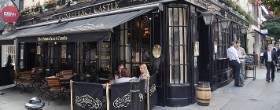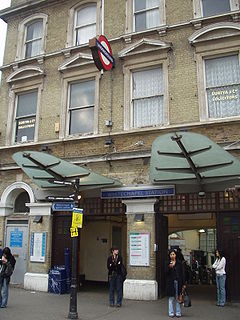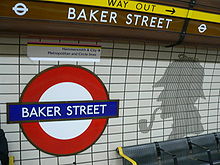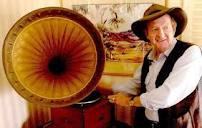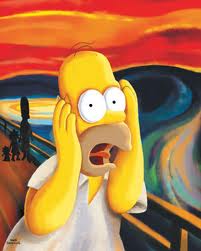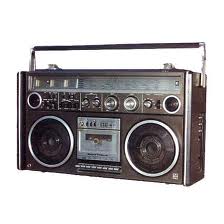There are two railway stations next page
One person would save $200 in 8 weeks. $1,300 in 52 weeks.
Price $200
Rent $25
The name Marylebone derives from the church of St. Mary and the River Tyburn that runs in a culvert within yards of our pub - hence St. Mary-by-the-Bourne.
_______________________________________________
Welcome to The Pontefract Castle
You will find The Pontefract Castle
in Wigmore Street London within a short stroll of St Christophers
Place, The West End and Oxford Street - however you won't find another
like it.
A fascinating past
The Pontefract Castle is linked by history to a formidable medieval stronghold in West Yorkshire. During the English Civil War, it was taken by an ancestor of the great landowners in Marylebone where the pub stands.
Address: 71 Wigmore Street, Marylebone, London, W1U 1QB [map] [gmap]
Tel: 0871 951 1000 (ref 853)
![]() Bond Street (0.1 miles), Marble Arch (0.4 miles), Oxford Circus (0.4 miles)
Bond Street (0.1 miles), Marble Arch (0.4 miles), Oxford Circus (0.4 miles)
![]() London Marylebone (0.8 miles), London Paddington (1.2 miles), London Euston (1.3 miles)
London Marylebone (0.8 miles), London Paddington (1.2 miles), London Euston (1.3 miles)
UK Live In Pub Jobs Work in a Top End UK Pub Accomm & Job Guaranteed RestlessWorld.com.au/UK-Live-in-job |
Baker Street tube station is a station on the London Underground at the junction of Baker Street and the Marylebone Road. The station lies in Travelcard Zone 1 and is served by five different lines. It is one of the original stations of the Metropolitan Railway (MR), the world's first underground railway, opened in 1863.[3]
On the Circle and Hammersmith & City lines it is between Great Portland Street and Edgware Road. On the Metropolitan line it is between Great Portland Street and Finchley Road. On the Bakerloo line it is between Regent's Park and Marylebone, and on the Jubilee line it is between Bond Street and St. John's Wood.
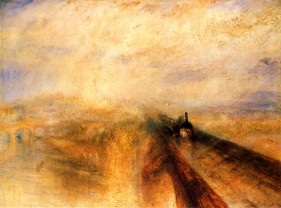
Rent $25
#1
There are two Kings Cross stations, one in London and another in Sydney Australia.
Kings Cross railway station Sydney is an underground railway station in Sydney, Australia. The station is on the Eastern Suburbs line, one of the Sydney underground railways. It serves the busy Kings Cross area, which is the densest residential area in Australia. Kings Cross is well-known as the location of Sydney's red-light district.
Rent $25
King's Cross St. Pancras tube station is served by more lines than any other station on the London Underground, and is one of the busiest, serving both King's Cross and St Pancras main line stations. It is in Travelcard Zone 1.
#2
King's Cross railway station,[3] also known as London King's Cross,[4] is a central London railway terminus opened in 1852. The station is on the northern edge of central London, at the junction of the A501 Euston Road and York Way, in the Kings Cross district and within the London Borough of Camden on the border of the London Borough of Islington.
The Underground currently sponsors and contributes to the arts via its Art on the Underground and Poems on the Underground projects. Poster and billboard space (and in the case of Gloucester Road tube station, an entire disused platform) is given over to artwork and poetry to "create an environment for positive impact and to enhance and enrich the journeys of ... passengers".
Coincidentally, a local legend claims that Queen Boudica fought her last battle near the site of King's Cross Station, and her body is said to be buried somewhere between platforms nine and ten.[32]
Whitechapel is a London Underground and London Overground station on Whitechapel Road in the Whitechapel neighbourhood of the London Borough of Tower Hamlets in east London, England. The station is located on the east–west tracks shared by the District line and Hammersmith and City line and is on the north–south route of the East London Line. The station was opened in 1876 by the East London Railway on a line connecting Liverpool Street station in the City of London with destinations south of the River Thames. The station site was expanded in 1884, and again in 1902, to accommodate the services of the Metropolitan District Railway, a predecessor of the London Underground. The London Overground section of the station was closed between 2007 and 27 April 2010 for rebuilding, initially reopening for a preview service on 27 April 2010[3] with the full service starting on 23 May 2010. Whitechapel will become a station on Crossrail. The station is in Zone 2.
Nearby places of interest include the Royal London Hospital, the Blind Beggar public house, and the former Wickhams Department Store. There are also many tours in this area focusing on the Jack the Ripper murders.
Four people would save $5,200 in a year if everyone saved $25 per week.
Bank $200 for 12 months and receive 2% interest
plus a roll of the dice, minimum 1% (2%+1%=3%) and up to 6% (6%+2%=8%)
Own two oe more stations; get two rolls of the dice, min 2% +2%= 4%, max 2%+ 12%= 14%
If you wish to invest in a station,
send (NZ)$200 to westpac bank
Account # 03 0474 0607912 000
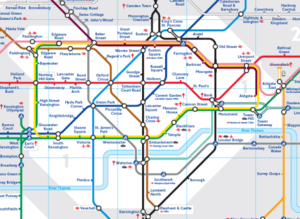
New Zealand Edition
.(More about these soon)
King's Cross is the southern terminus of the East Coast Main Line, one of the UK's major railway backbones. Some of its most important long-distance destinations are Leeds, Newcastle and Edinburgh. It also hosts outer-suburban services to Bedfordshire, Hertfordshire and Cambridgeshire as well as a regional service to Peterborough, Cambridge and Kings Lynn
Immediately adjacent to the west is St Pancras railway station, the London terminus for international Eurostar trains, high-speed trains to Kent via High Speed 1, and East Midlands Trains, as well as a major interchange for Thameslink services between Bedford and Brighton. The two stations are operationally completely separate, but from the passenger's point of view they may be regarded as a single complex for interchange purposes. They share King's Cross St. Pancras tube station on the London Underground network, where six Underground lines meet. Taken together, these two main-line stations and the associated underground station form one of Britain's biggest transport hubs.
Platform Nine and Three Quarters
The ride on the Hogwarts Express starts from King's Cross railway station platform 9¾, which is invisible to Muggle eyes and is reached by walking through the barrier between platforms 9 and 10.
Rowling discovered after the books were published that she had confused the layout of King's Cross with that of Euston station, and that platforms 9 and 10 at King's Cross were not the ones between which she had meant her magical platform to be placed.[31] There is no platform between lines 9 and 10 at King's Cross. To solve this, the filmmakers re-numbered platforms 4 and 5 for the duration of filming. In reality, at both King's Cross and Euston, platforms 9 and 10 are separated by railway lines. The exterior shots in the film are that of adjacent St Pancras station.
Coincidentally, a local legend claims that Queen Boudica fought her last battle near the site of King's Cross Station, and her body is said to be buried somewhere between platforms nine and ten.[32]
